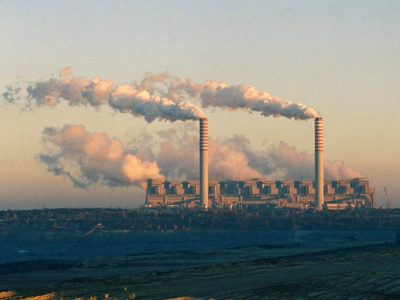Environmental Property Rights: Part II
The previous post in this series introduced the idea of environmental property rights. There are a surprising number of EPRs. A complete listing would include at least nine kinds of EPRs: In addition to the public trust doctrine and tradable permits (which were discussed in the first part of the series), here are seven more:
1. Wetland mitigation credits. Mitigation credits allow the owner of a wetland to profit from restoring that wetland or creating an artificial wetland by either developing wetland elsewhere or “banking” the credit for use by another developer. In turn, that other developer buys the credit in order to offset wetlands destruction in another project. Mitigation banking has long been in use, but was reinforced by new regulations in 2008 making it a preferred method of off-site mitigation. The goal is no-net-loss of wetlands.
2. Air Pollution Offsets. The equivalent of wetlands mitigation for air pollution is called an offset. Under the Clean Air Act, a pollution reduction in a non-attainment area can be used to “offset” a new pollution source. Offsets are like tradable pollution permits but can be used only for limited purposes and can be created only by permanent pollution reductions from other sources.
3. Transferable Development Rights (TDRs). TDRs allow a real estate developer to transfer unused air space or density from one site to another. For instance, if a building is subject to a lower height restriction than surrounding properties, the owner might be able to add the “unused” airspace to make a building on nearby land taller than would otherwise be allowed. The goal is shift development from particularly sensitive areas while making it more intensive elsewhere.
4. Conservation Easements and Conservation Trusts. Conservation easements entitle the owner of the easement to prevent development on land owned by another. These easements are created by a conveyance from the owner of the land in question, usually voluntarily but sometimes under legal compulsion or governmental pressure. By 2005, over six million acres in the United States were subject to conservation easements.
5. In-Stream Flow Rights. In-stream flow rights entitle the owner to limit use by owners of other water rights. Several Western states now recognize in-stream rights by statute within their prior appropriation schemes or allow conversion of appropriative rights to public in-steam rights. In addition, like the conservation easements discussed above, “water trusts” are now used to protect in-stream flow, and rights acquisition by these trusts and by government offers a promising approach to preserving water bodies.
6. Carbon offsets. Greenhouse gas offsets, also commonly called carbon offsets, allow an emitter to meet the requirements of a cap-and-trade scheme by purchasing a carbon reduction by a third-party who is outside the trading system. These offsets could take the form of reduced emissions in the United States or perhaps elsewhere, such as the substitution of a natural gas electricity generator for a coal-fired generator in China. Alternatively, they could involve the creation of additional carbon sinks, such as planting trees
7. Rolling easements. Climate change will result in higher sea levels and increased coastal erosion, resulting in the landward movement of beaches. Rolling easements are one response – essentially, the public trust’s coverage moves inward along with the beach. Texas and North Carolina already recognize such easements.
8 Solar rights. Rights of access to sunshine are increasingly important due to the growth of solar power. These rights can take the form of express easements (often specifically authorized by state legislation), which in at least one state can be imposed on hold-outs by local regulators; express covenants between neighboring landowners, which run with the land and bind subsequent purchasers; and public allocation schemes such as solar permits based on prior appropriation, zoning restrictions, and public nuisance laws.
For a more detailed discussion of EPRs and citations, see this paper.
Next in this series: the relationship between public and private rights in EPRs.







Reader Comments